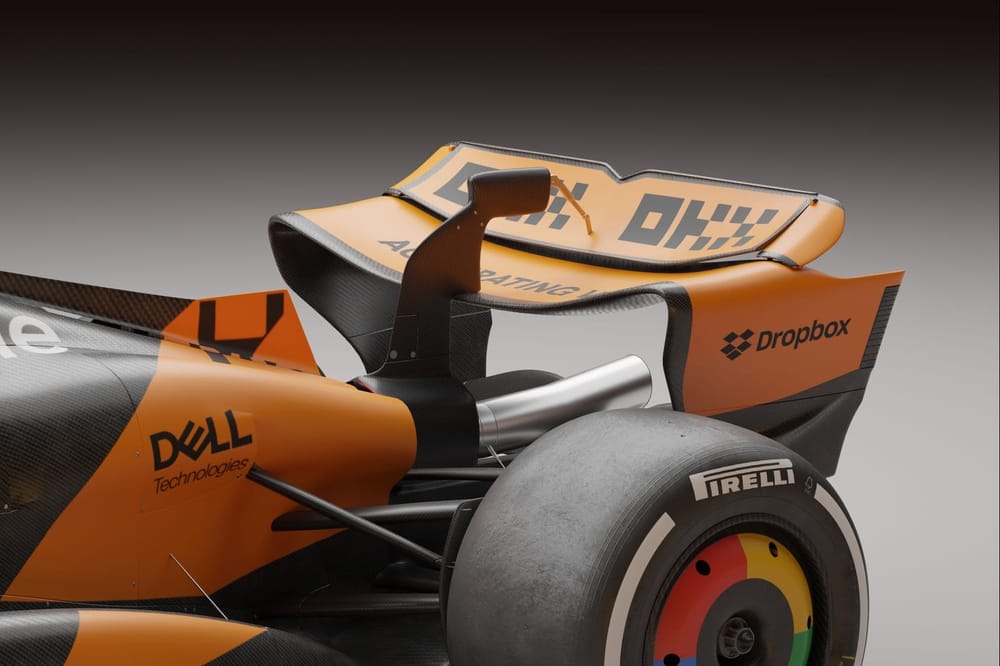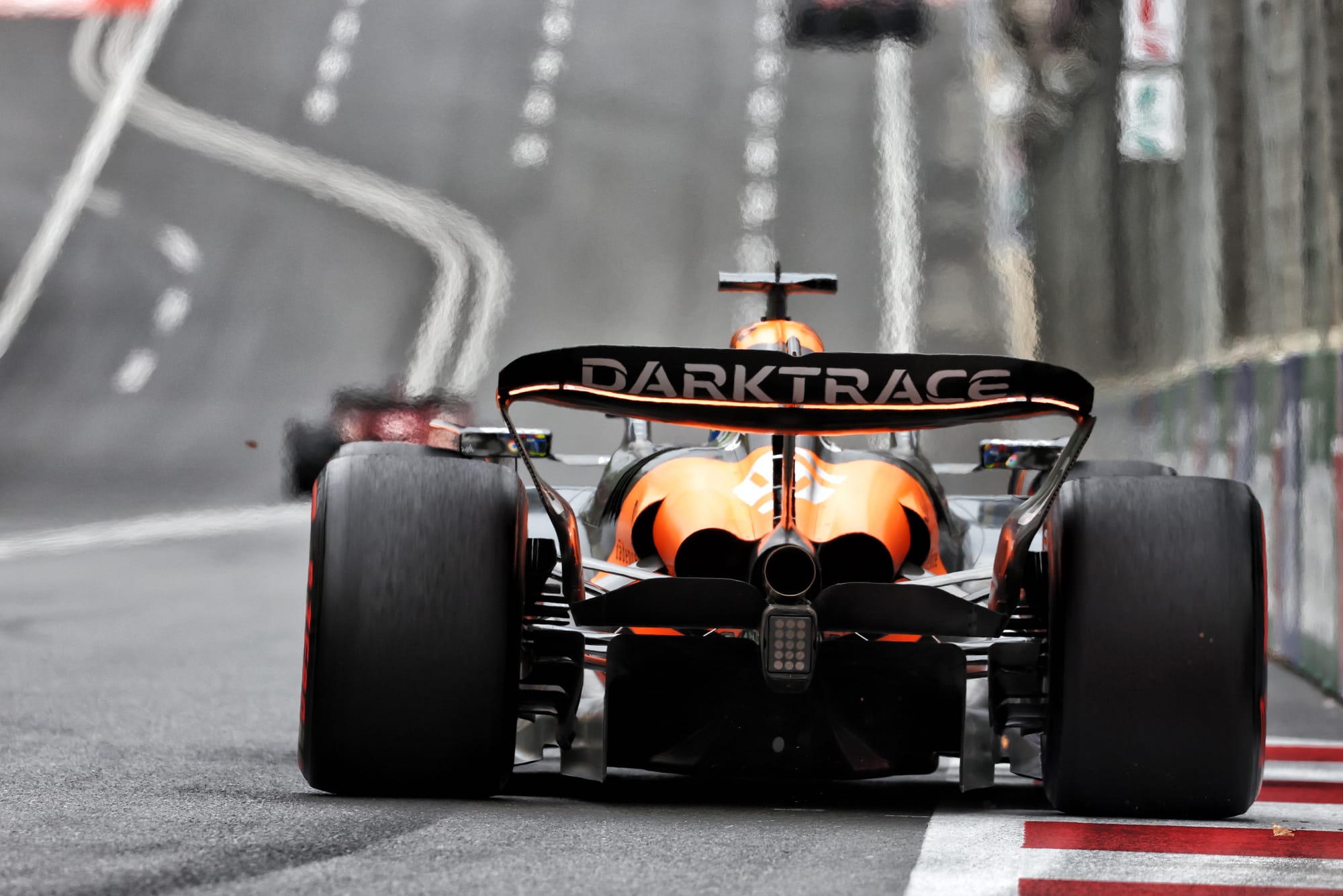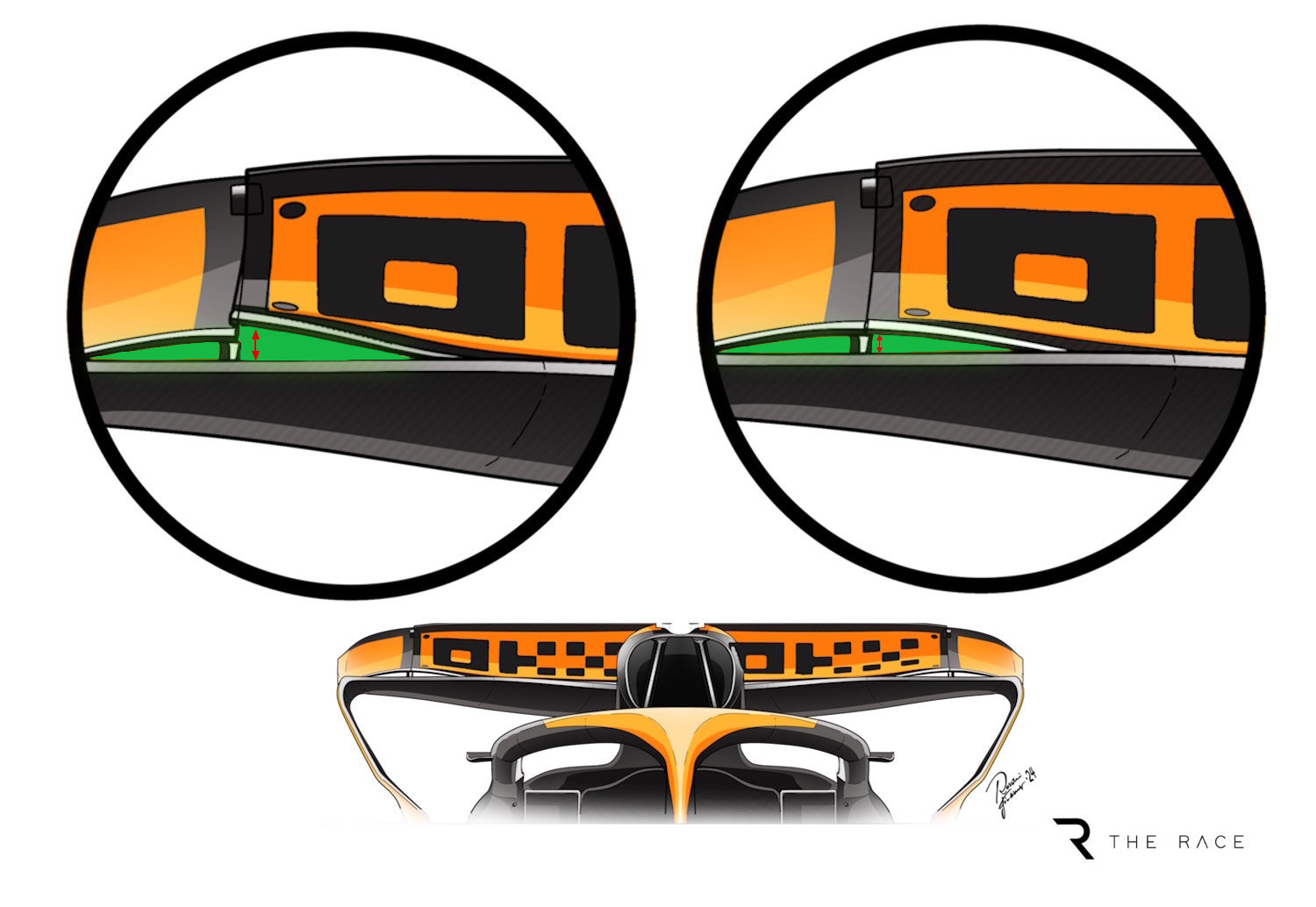Up Next

McLaren will make adjustments to its controversial low-downforce Formula 1 rear wing, which the FIA has decided was deforming too much on track after all.
The deformation of McLaren's front and rear wings under load have come under intense scrutiny in recent weeks.
First the front wing was seen to be backing off considerably more than the design used by Ferrari and Red Bull, which comes with both a drag benefit on the straight but also a car balance benefit as it effectively changes the front downforce levels at low and high speed.
This week, after the Azerbaijan Grand Prix, images showed the rear wing flap leading edge deforming slightly and increasing the gap between it and the main plane, which was likened to a mini-DRS opening.
On both occasions, the FIA has responded by insisting all wing designs it has tested so far are legal. This is policed by static load testing with the technical regulations also supported by technical directives that give further guidance on what the FIA technical department considers to be permitted or not.
However, while that rear wing passed the FIA's tests and was therefore considered legal, upon review of further data and evidence, the FIA feels that McLaren does not have enough control of how much the wing flexes - so it would not be considered legal by the FIA technical department in the future.
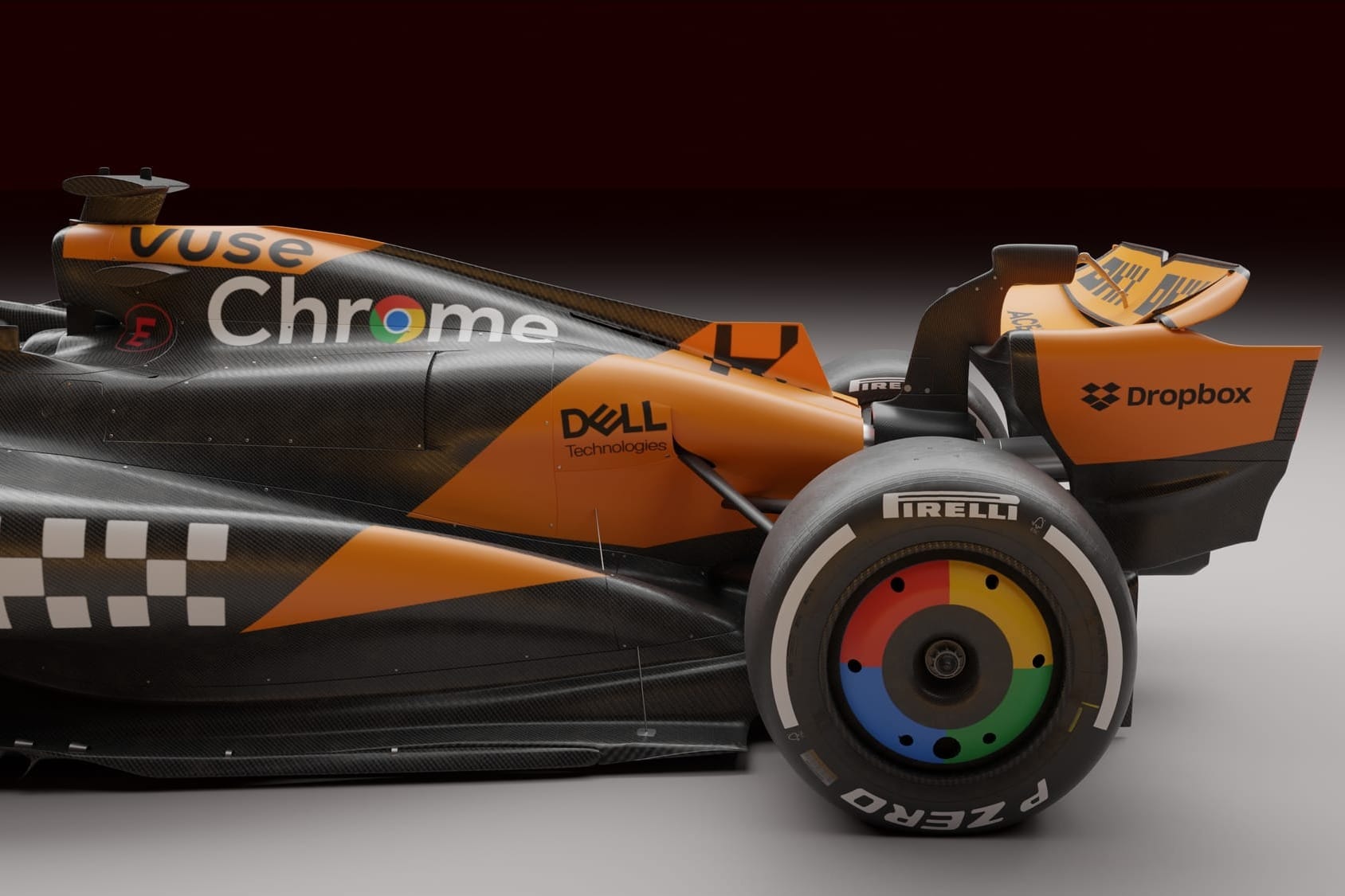
McLaren will now adapt the wing so it does not deform the same way in the future. However, the team claims it has offered to do this after engaging in dialogue with the FIA, rather than been ordered to.
As it is a low-drag rear wing, though, it would likely only be used at one more race - the Las Vegas Grand Prix. It will therefore need to be reinforced for that event.
This interference from the FIA will likely upset rival teams that feel McLaren has been able to gain an advantage from using a part that the FIA is no longer happy with.
But as the load test is the primary, regulatory way to determine a design's legality, the FIA considered it was fine for use previously because it passed those tests.
It has now revised its position based on fresh observations and evidence - which is standard practice and does occasionally result in designs being discouraged in-season or for the following year.
But as a result, McLaren wants the FIA to have "similar conversations" with other teams in relation to the compliance of their rear wings.
'MORE THAN BORDERLINE'
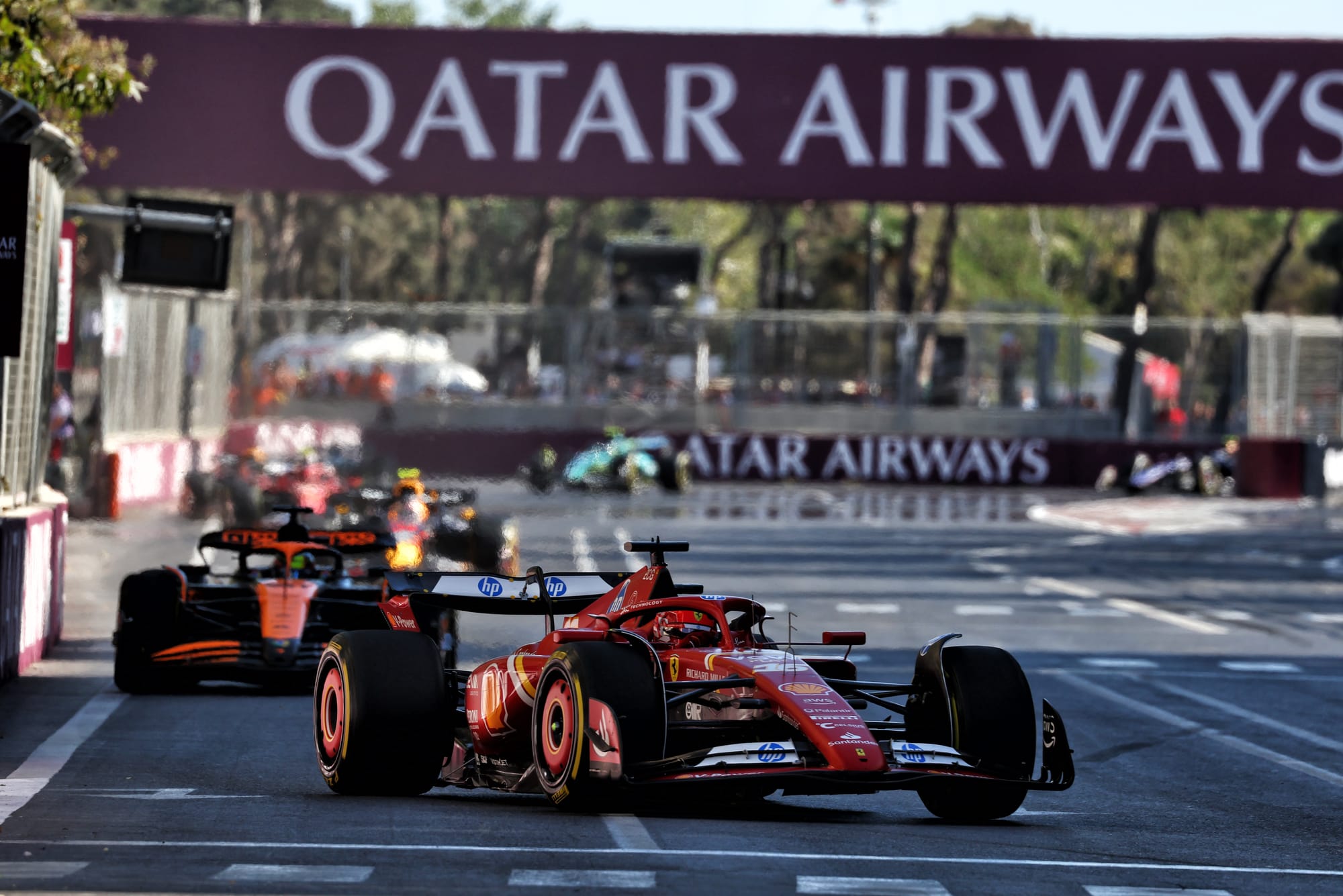
Ferrari believes what McLaren is doing has gone too far in exploiting the accepted grey areas within the rules, which ultimately permit some degree of flexibility as entirely rigid components are not possible or safe.
Team boss Fred Vasseur said on Friday in Singapore that based on the technical directives issued by the FIA, designing wings with the intent of controlled deformation is not allowed.
He accepted that intention is difficult to police, and that there is a grey area with the front wing rules that all teams agree on, but said he believes the specific McLaren rear wing design was "more than borderline".
"You have a maximum deflection," said Vasseur of the rear wing rules.
"This is black or white; it is no grey, no dark grey, no light grey. For me it's clear."
He has also expressed that "it's a bit frustrating" that McLaren may have benefitted at certain tracks given how close the leading teams are.
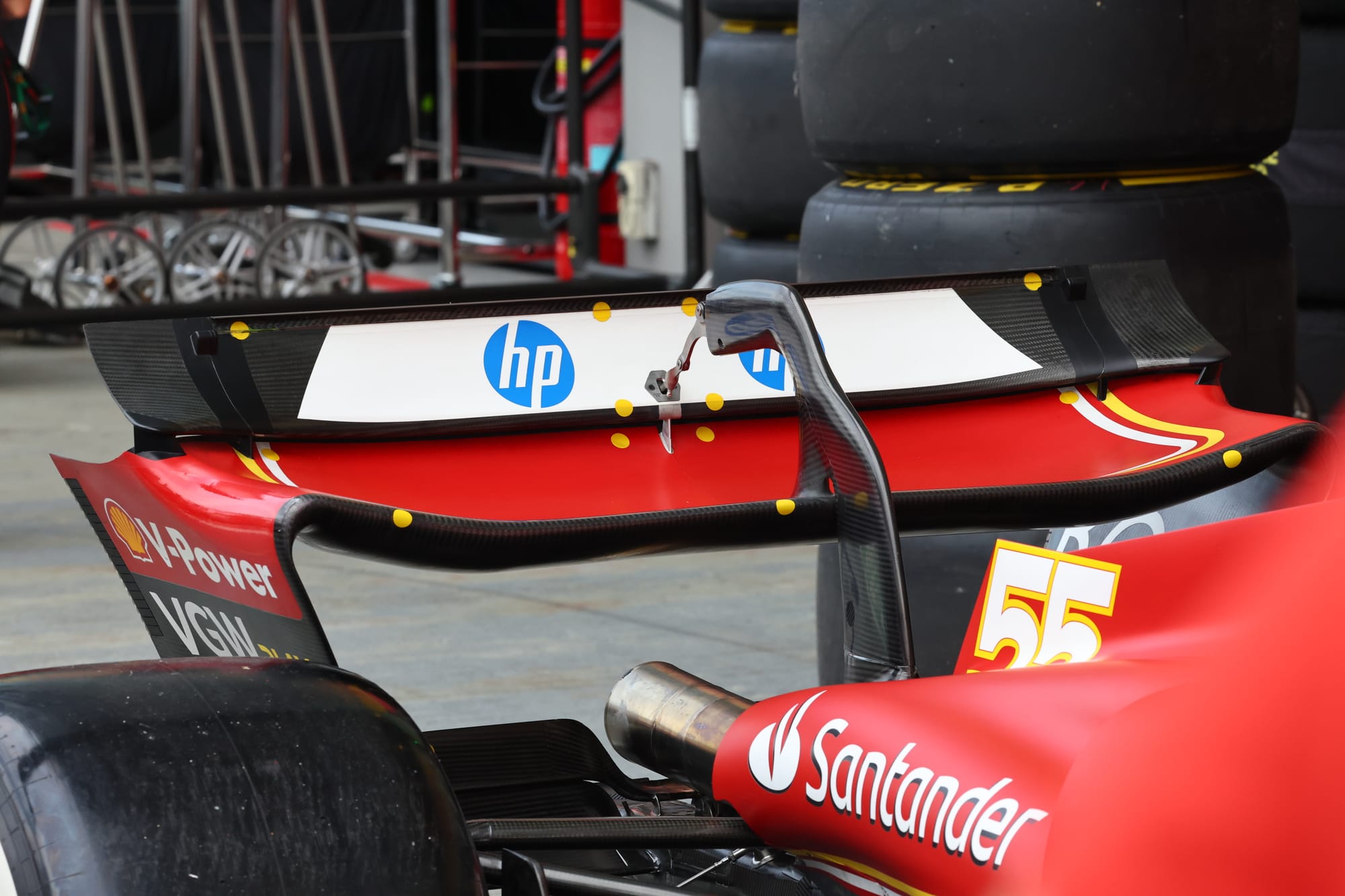
Ferrari will work on its own amended wing designs once it knows what is allowed. "Now we are reacting. As soon as we have clarification we will act," said Vasseur.
He added that Ferrari did not protest the wing in Baku as it felt it was difficult to prove it was it was illegal.
Ferrari is not McLaren's only opponent that has had high-profile members of its team question the MCL38's wings.
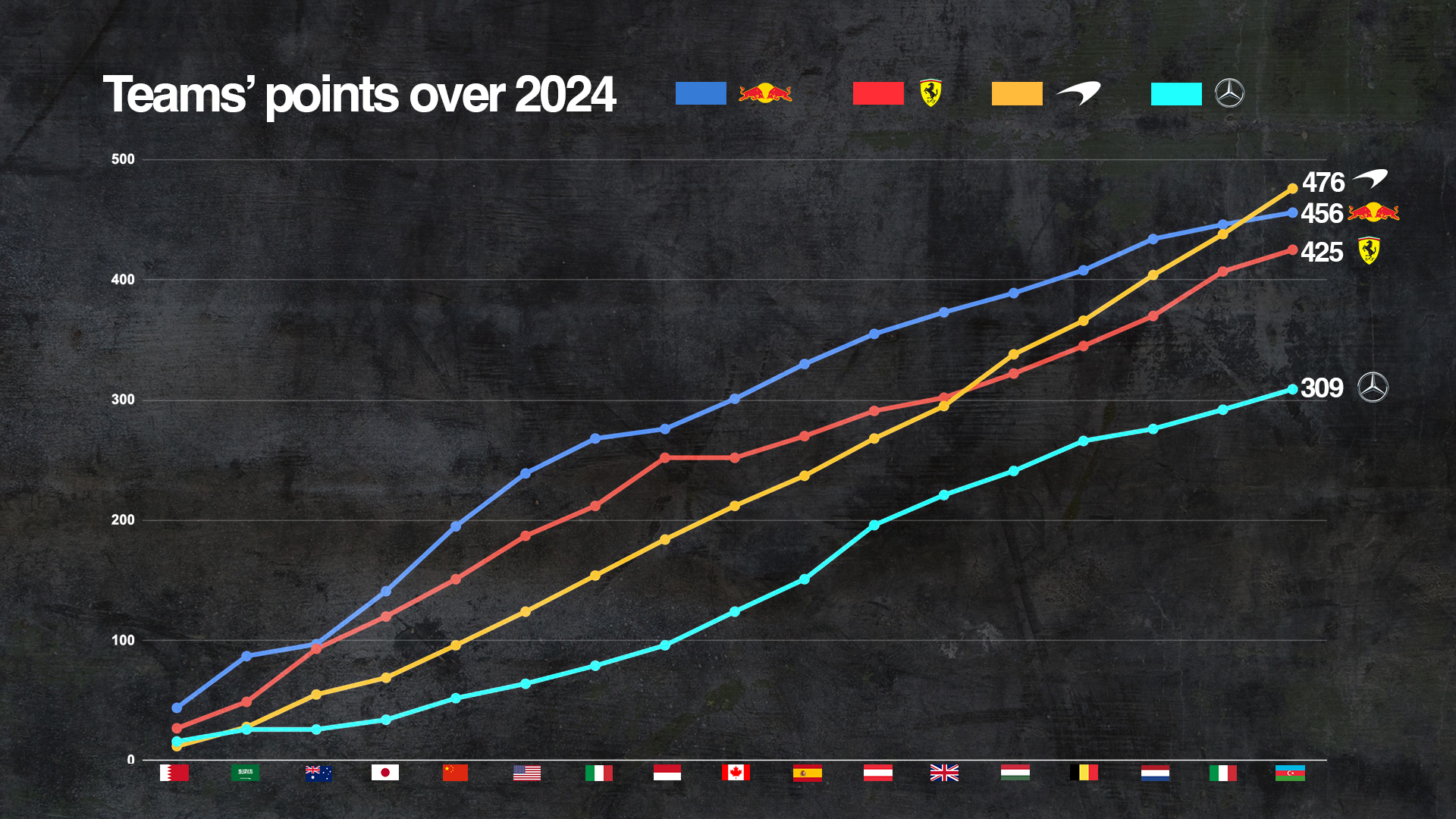
Red Bull drivers Max Verstappen and Sergio Perez expressed surprise on Thursday in Singapore that the design was legal based on how it works on-track. Their team has previously been at the forefront of aeroelasticity scrutiny in the front and rear wings, and it has been rumoured that Red Bull had a design pushed back on by the FIA earlier this year.
"It might be smart, might not be smart, but at the end of the day it's up to the FIA of course to decide if it's legal or not," said Verstappen.
"Baku is not the first time that it was used so there were other tracks as well.
"I guess it's important to come with a clarification. But that's not only on the rear wing, it's the front wing as well.
"What is allowed? How much is it allowed to bend?"
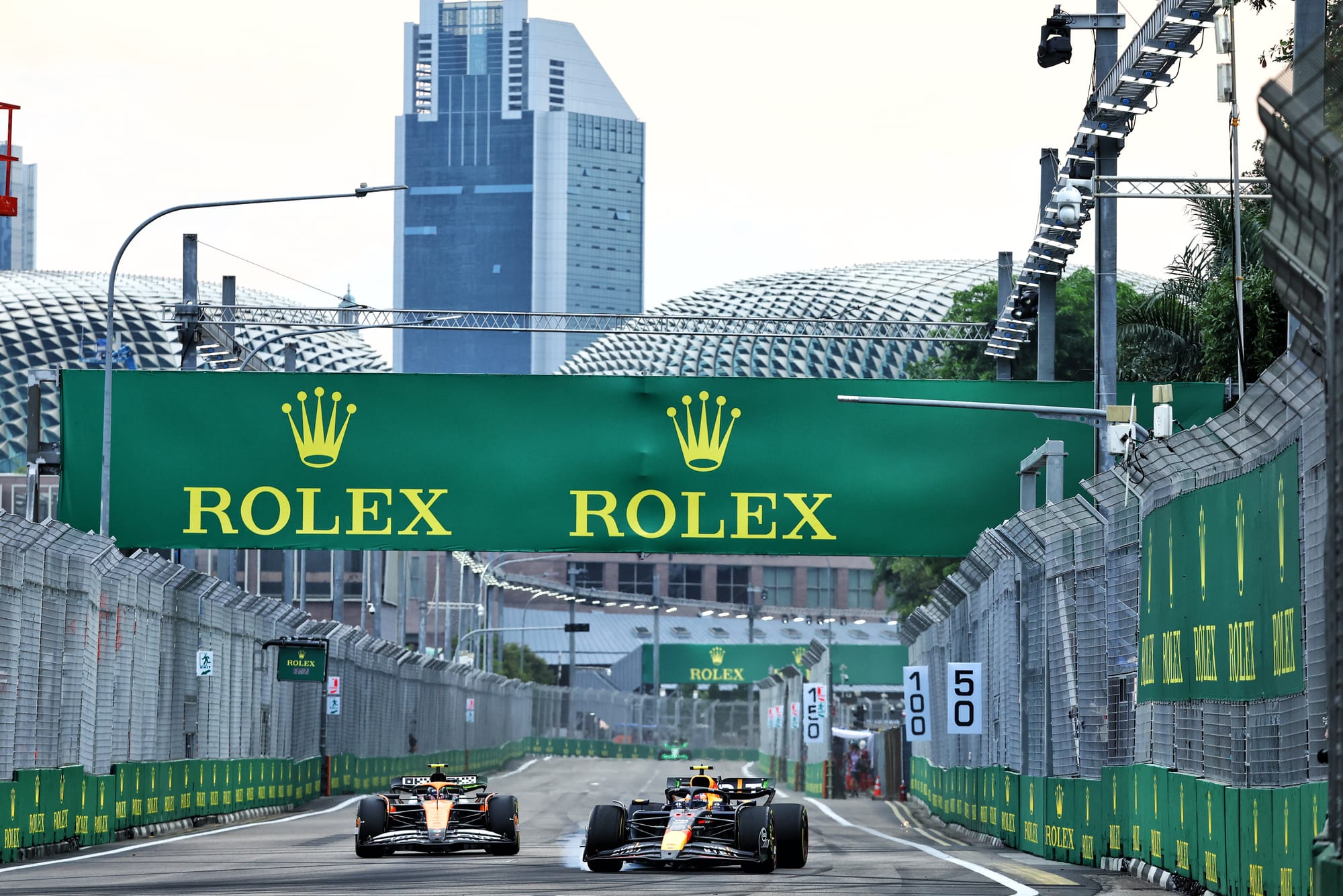
Perez said: "Pretty surprised. I thought that wasn’t allowed, but it seems like it is allowed. I think I am as surprised as you are. Definitely a massive benefit.
"I'm sure the team is looking at why all of a sudden it is allowed. Very, very surprised."
McLAREN'S POSITION
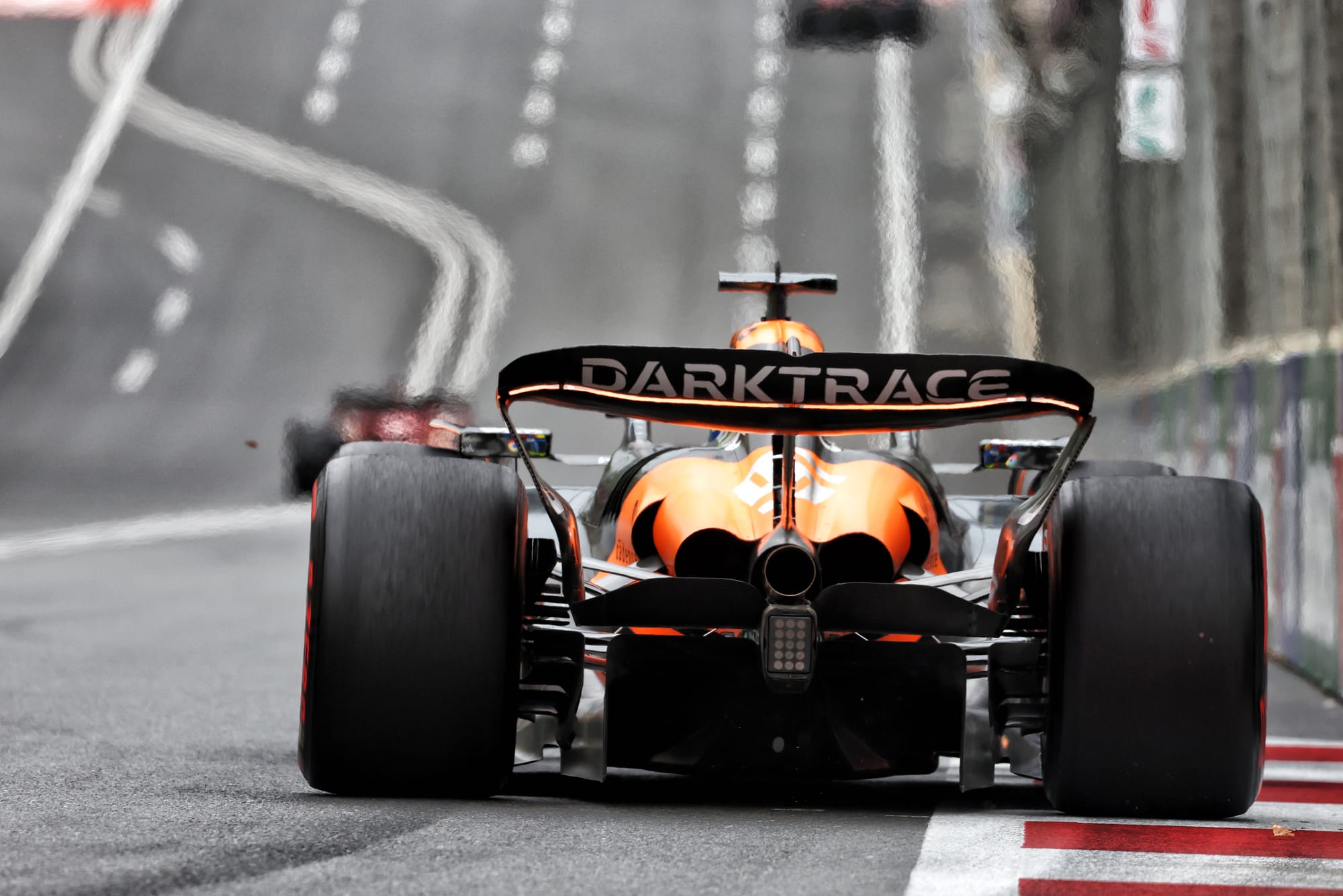
In response to claims on Friday in Singapore that the FIA had ordered McLaren to adjust the rear wing for future use, McLaren said: "Whilst our Baku rear wing complies with the regulations and passed all FIA deflection tests, McLaren have proactively offered to make some minor adjustments to the wing following our conversations with the FIA.
"We would also expect the FIA to have similar conversations with other teams in relation to the compliance of their rear wings."
It had previously insisted that all its dialogue with the FIA indicated the governing body had been satisfied with its work - at least until it ran on-track in Baku.
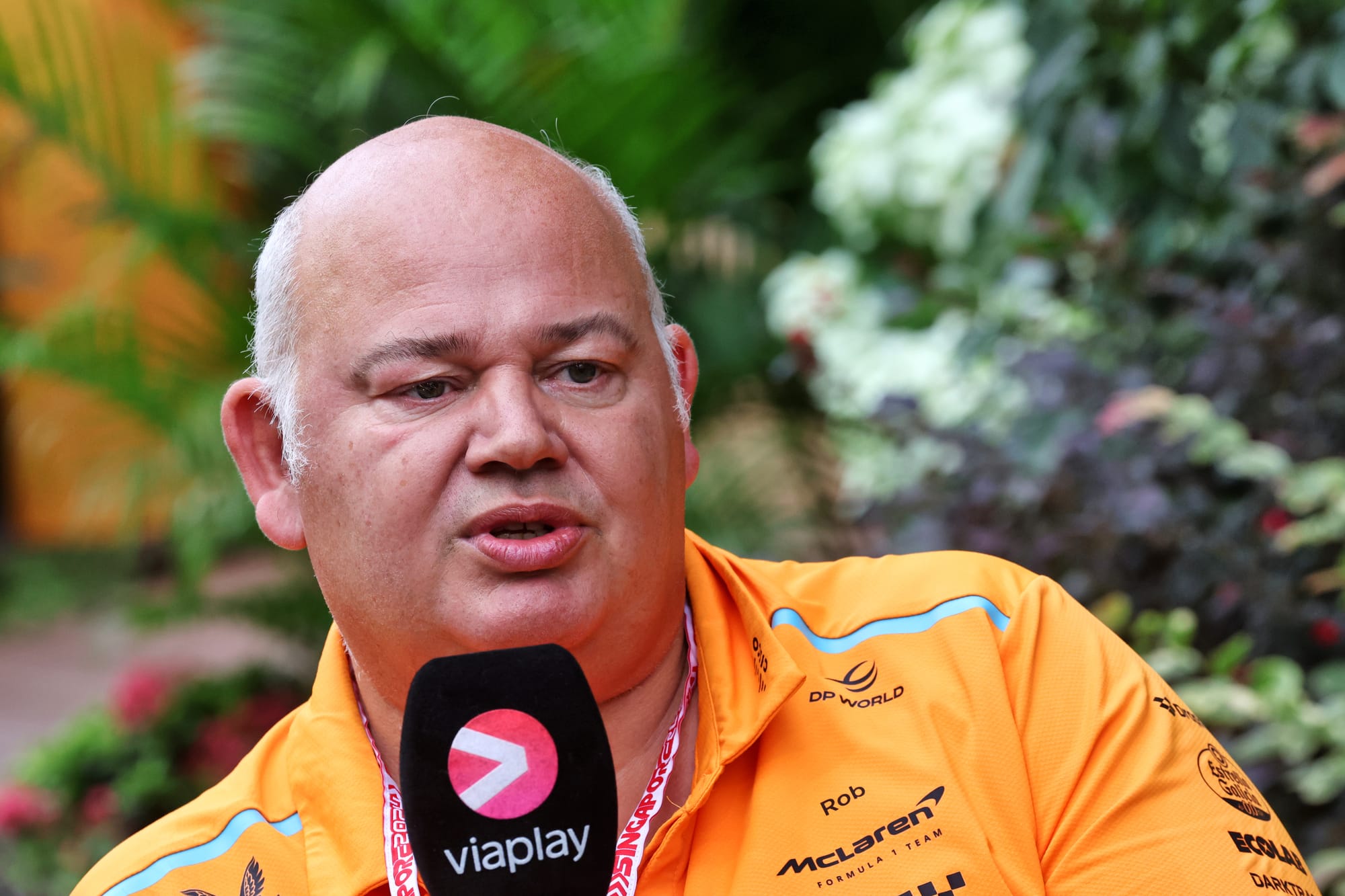
Chief designer Rob Marshall said on Friday that the scrutiny had been "very flattering" but McLaren always worked "with the FIA to understand the grey areas of whatever element of the car it is, and move forward accordingly".
"We work with the FIA to establish the legality of our cars," he said. "As long as the FIA is happy that's the only opinion we need to worry about.
"There's continued dialogue with the FIA, week in, week out, day in, day out, with various aspects of the car.
"So yes, there has been [dialogue since Baku]. But on what aspects of it, I wouldn't want to focus."
Marshall also contested a suggestion that other teams hadn't been exploiting flexible bodywork as much as McLaren.
"Everyone's approaching their wings designs the way they think [is best]," he said. "For whatever reason, they're talking about ours at the moment. Everyone can see everyone else's.
"I don't think we're the only people under scrutiny."
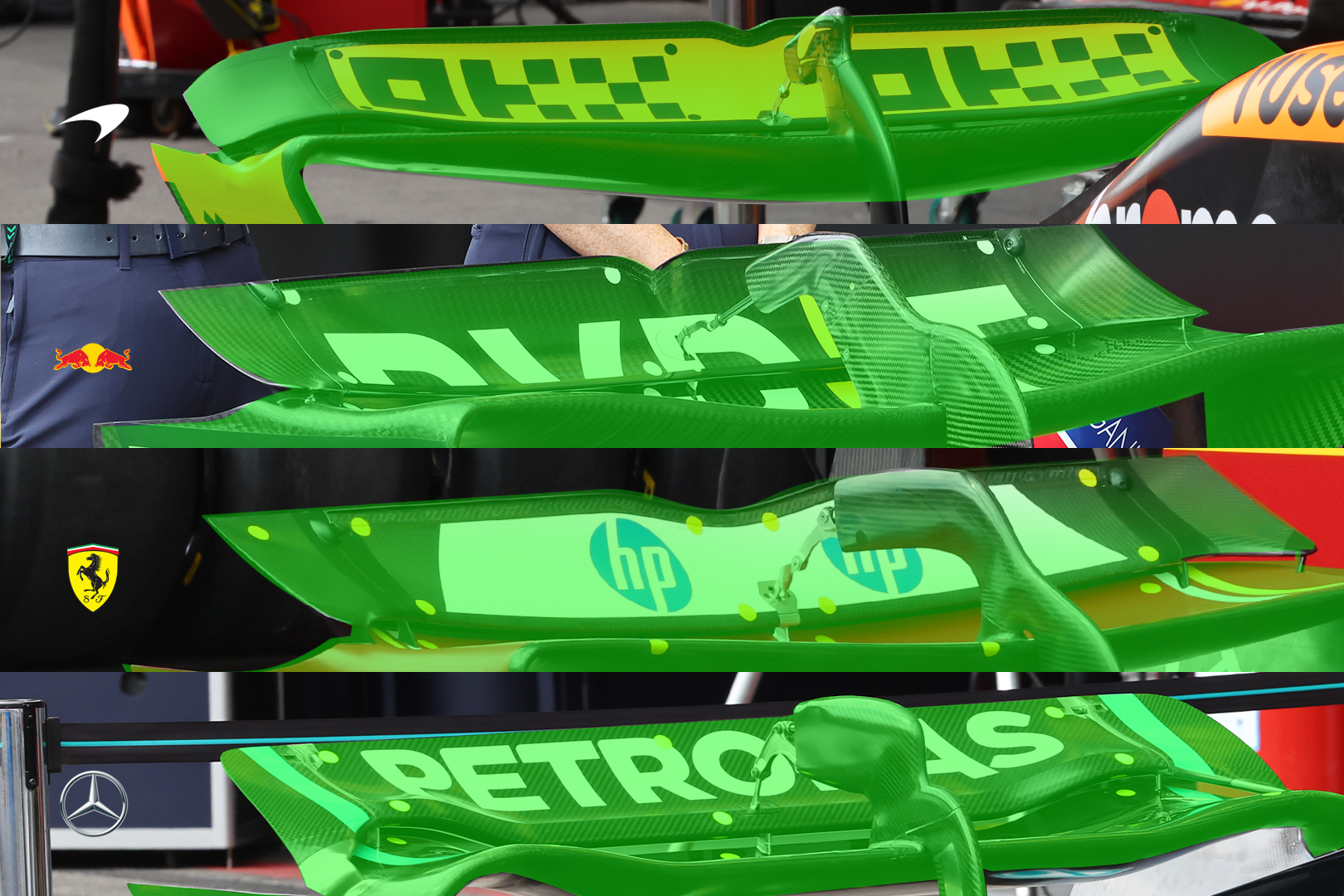
McLaren drivers Lando Norris and Oscar Piastri had also dismissed the scrutiny of the rear wing. Norris, like Marshall, said it was not just McLaren that was pushing this area - previously, Mercedes' front wing had come under scrutiny from Red Bull.
"That's what F1 is for, exploring everything in the rules," said Norris.
"We've cleared all the tests, the FIA is happy. I'm proud. I'm happy what the team is doing, they're pushing the limits, and that's what you've got to do if you want to fight at the top and fight against people who are also known for doing such things and exploring every area possible.
"As much as you might see us doing it, there's still plenty of other teams doing it that you just don't see on TV. It's not just us."
Piastri said "it's certainly not the magic ticket or magic bullet for why we're competitive" and claimed the first time he was aware it moved in that way under load was when the footage emerged from Baku.
He also contested it's "not a grey area" because "it gets tested every week [and] it's legal".
"You find every bit of performance that you can without breaking the rules," said Piastri.
"I feel like that's what we're doing. And that's what you need to do to become a championship-winning car and championship-winning team."


